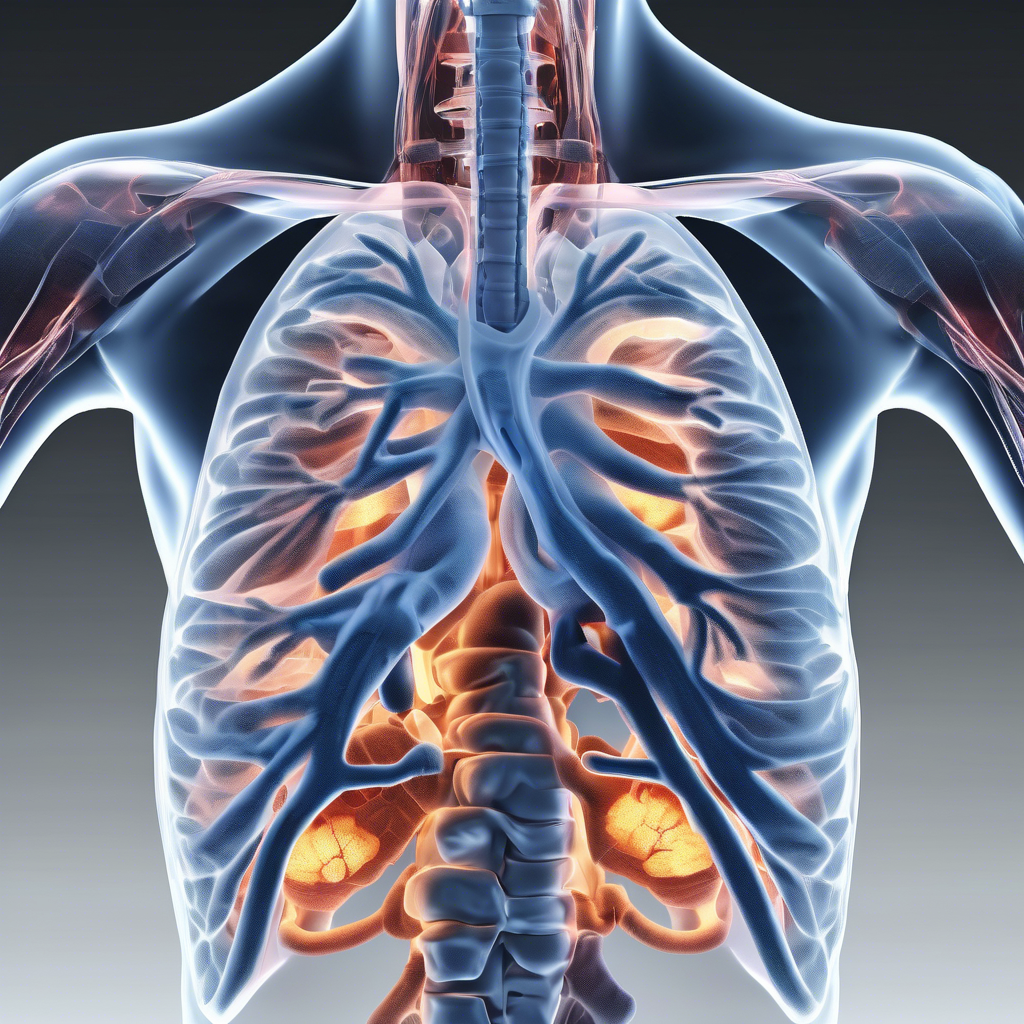
In the ever-evolving landscape of medical diagnostics, imaging technologies like X-rays and CT scans serve as vital pillars in the detection and management of numerous health conditions, particularly cancer. These tools offer remarkable glimpses into the body's internal workings, though their approaches and capabilities vary significantly. X-rays, with their long-standing history since their discovery in 1895 by Wilhelm Röntgen, are renowned for their ability to quickly produce two-dimensional images of bones and certain soft tissues using electromagnetic radiation. This affordability and accessibility make X-rays a go-to diagnostic choice worldwide, especially in emergency settings where time is critical. Interestingly, despite the simplicity of the images, X-rays have played pivotal roles beyond just bone fractures; for example, chest X-rays are commonly employed in detecting lung diseases such as pneumonia or tuberculosis. Yet, their resolution and scope are limited, particularly when it comes to soft tissues and detailed internal structures.
CT scans, short for Computed Tomography, revolutionize medical imaging by assembling multiple X-ray images taken at various angles to create intricate cross-sectional and three-dimensional visuals of the body. Invented in the early 1970s by Sir Godfrey Hounsfield and Allan Cormack—a development that won them the Nobel Prize—CT scanning has since become an indispensable diagnostic powerhouse. Unlike traditional X-rays, CT scans provide a detailed look inside organs, blood vessels, and bones with exceptional clarity, enabling doctors to identify tumors, inflammation, vascular diseases, and other abnormalities with greater precision. However, this comes with trade-offs: CT scans expose patients to higher doses of radiation and tend to be costlier and less accessible compared to X-rays. Despite these factors, their role in cancer staging, trauma assessment, and guiding biopsies or surgeries is unmatched. An intriguing fact is that the term “slice” is often used to describe the cross-sections created by CT scans, akin to slicing a loaf of bread, offering a layered insight into bodily structures.
When it comes to cancer detection, both X-rays and CT scans are invaluable but serve complementary functions. X-rays can effectively reveal anomalies such as lung nodules, which, although not definitive for cancer on their own, serve as crucial indicators necessitating further investigation. In contrast, CT scans excel in detecting tumors early and monitoring cancer progression or response to treatment through their detailed, cross-sectional imagery. Early detection facilitated by these imaging technologies can dramatically improve treatment success rates and patient prognoses. This underscores why consistent and timely screenings are vital, especially for individuals with higher cancer risk factors. However, determining the appropriate type and timing of imaging often depends on personal health profiles—a challenge effectively addressed by advances in artificial intelligence.
Enter OncoPreventer, a cutting-edge AI-driven health assistant transforming cancer prevention strategies by tailoring screening routines according to each individual's unique risk factors. Unlike traditional one-size-fits-all screening guidelines, OncoPreventer considers a variety of elements including age, gender, family history, and lifestyle to recommend the most suitable imaging tests—be it X-rays, CT scans, or other diagnostic exams—at optimal intervals. The app’s smart reminders ensure users stay on track with their screenings and lab tests, mitigating the risk of missed check-ups that can delay diagnosis. What elevates OncoPreventer beyond a mere scheduling tool is its ability to demystify complex medical jargon, offering clear health information and trustworthy answers that empower users to make informed decisions. Moreover, with interactive timelines and health summaries, users not only track their progress but also gain motivation to maintain proactive health behaviors. Its seamless compatibility with platforms such as web browsers, Telegram, and WhatsApp enhances user convenience, embodying the future of personalized, accessible healthcare management.
Bringing together the proven strengths of X-ray and CT scan imaging with the intelligent customization offered by AI-powered platforms like OncoPreventer marks a landmark moment in personalized medicine. This integration leverages technology not just to detect cancer earlier and more accurately, but to actively involve individuals in their health journeys with clearer insights and greater confidence. By adopting both the diagnostic power of advanced imaging and the sophisticated personalization of AI assistants, people are better equipped to navigate cancer prevention proactively, potentially saving lives through timely intervention. For anyone committed to maintaining robust long-term health, embracing these innovations provides a compelling, smart strategy to stay ahead in the fight against cancer.
#MedicalImaging #CancerDetection #AIinHealthcare #OncoPreventer #HealthTech #EarlyDetection #PersonalizedMedicine
Leave a Reply